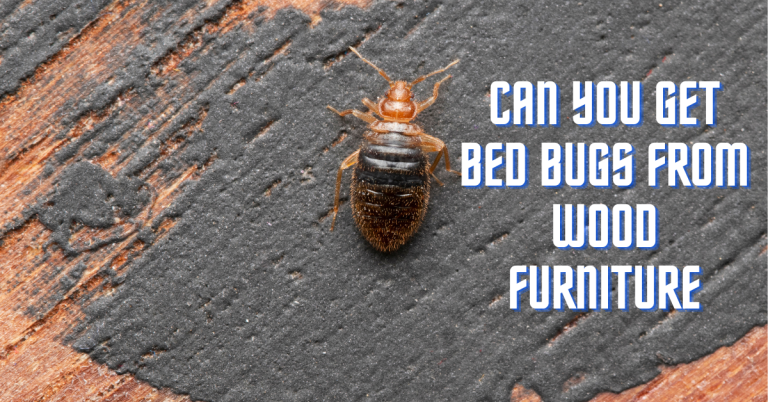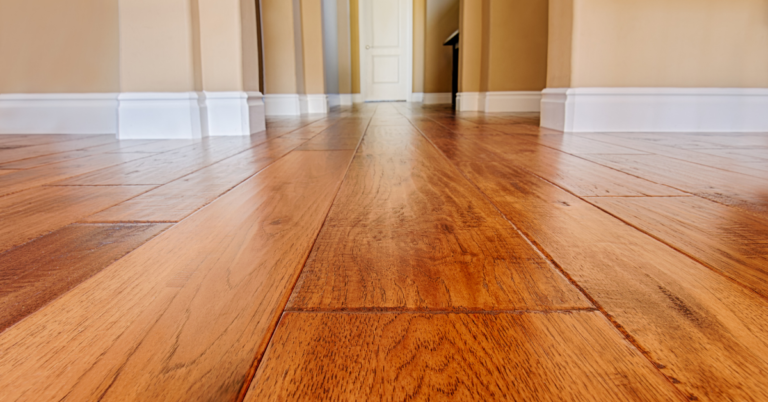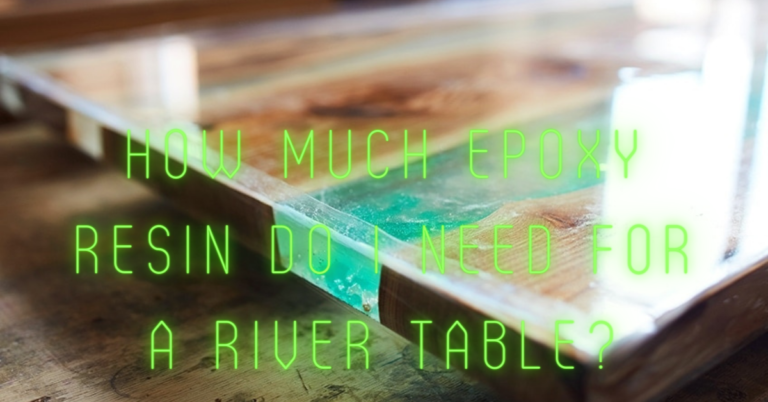How to Darken Pine Wood without Stain
How to darken pinewood without stain? Pinewood naturally tends to mellow or darken with time. Pinewood darkening transforms the color of the wood and helps to guard the surface against watermark, scratches, and environmental destruction and highlights the lovely natural grain of the wood.
But do you know how you can darken wood without having to use commercially available stains? Well, we will perfectly guide you through. If you follow the process presented here, you can give pine wood your desired dark color.
One of the most frequently asked questions is darkening the color of the furniture, table and any wooden home appliances, especially when it is made of pine wood.
Women are mostly the primary target audience in this section because of their interest in these changes. However, we’ve prepared a great article on how to darken pine wood without stain.
All at a Glance
Why darken pine wood without staining?
Most people ask this question out of curiosity about why it is advisable to darken pine wood without staining. Instead, you should make use of natural products because chemical and commercially prepared stains are costly.
Some may contain harmful ingredients like solvents and VOCs (Volatile Organic Compounds), which becomes unsafe for men, kids, and even pets. Inclusively, they will only harm your lovely wooden furniture pieces.
This article shows you how to darken pinewood using natural materials found in your own home. These stains are as durable and sturdy as commercial stains, and you can quickly darken different wooden work.
How to Darken Pine Wood Without Stain – Using Natural Household Products

Here, you get to know how you can darken pine wood without stain. You need to closely pay attention to the following process to darken pinewood with natural household stains.
Darkening with vinegar and metal
This process uses a chemical reaction to make the dark color. Iron materials dissolve in vinegar (acetic acid) and transform into a soluble substance called iron acetate.
Whenever this coloured soluble is applied to the wood, the iron acetate reacts with the natural tannins (a class of astringent, polyphenolic biomolecules that bind to and precipitate proteins and various other organic compounds, which includes amino acids and alkaloids) found in the wood, producing series of shades of dark colors such as brown, grey and black.
The materials and tools you will need
You can use different natural-colored materials like tea and coffee for darkening pine wood. You can find most of these methods on the Internet. However, the problem faced with this method is that if it’s exposed to sunlight, it may fade away and do not have the required quality.
Here we will guide you on a methodology that uses a combination of acid and metal that won’t get you through the problem as mentioned earlier.
Materials and tools you’ll need:
● Steel wood pad
● Balsamic vinegar
● White vinegar
● Apple cider vinegar
● Rusty nails
● Glass can with lid
● Brush
● Clean Rag
Step 1: Smoothen the Surface of the Wood
If the wood is already painted, you need to clear the previous color. This is done in two ways:
By using white vinegar: Do not forget gloves, glasses, and masks. Apply the white vinegar using a paintbrush(precisely), and after about two minutes or as soon as the paint has softened, wipe off with a spatula or soft brush. Once the paint has been cleaned, you can get ready to apply any color you want.
By sanding: In this way, you need to have devices such as a random orbital sander, or sandpaper and using these tools will clear the primary color. Usually, sandpaper will lose its effectiveness in no time. In other words, there is no other choice if you don’t have a random orbital sander. You have to make use of sandpapers even if they lose their effectiveness quickly.
Use a 120 grit-sandpaper for the first sanding. Avoid sanding in the opposite direction of the wood grain. It ruins the grain scratching onto it.
Sand again using a 220-grit wood sander. If any scratches persist due to the 120-grit sanding, they will be removed after 220-grit sanding. Use a vacuum cleaner or a damp cloth to clean the wood surface.
Step 2: Mix the products.
Here, all you need to do is to mix the products. You’ll need a metal material such as a steel wool pad or rusty nails.
Get a plastic can or a glass and pour the steel pad or rusty nails into it. To completely cover the steel pad, add the vinegar to the can. Close the cover of the can and let the chemical reaction take place steadily.
Hold on for 24 hours, and then take the steel wood pad out of the can to stop the reaction. You will see that the color of the solution is entirely dark. If it is soaked for half a day or less than 24 hours, you will produce a lighter stain. But then again, if you leave the steel pads soaked in the vinegar for a longer time, you’ll get a darker color.
Step 3: Apply the mixed pigment.
Using your paintbrush, apply the mixture on a piece of wood to test it. Let it dry completely for a day to see the effect and result. If you conclude that the color is lighter, apply another one. Use a clean brush or a soft, dry and clean rag to apply the pigment.
Ensure you spread the pigment when the weather is sunny so you can take out your wooden home appliances to dry out completely. Darkening with Coffee
Coffee makes an excellent stain for wood. It’s natural and easy to apply. It’s a simple way for anyone to add to the beauty of wood with a warm, caramel tone.
Do you have coffee and water? Then you have everything you need to make a natural stain for wood. Coffee is an excellent replacement for store-bought wood stains. It is straightforward to make and easy to apply.
- Fill up a bowl with one cup (237 milliliters) of dark coffee grounds. Ensure the bowl you use is heat resistant.
- Pour 1 ¼ cup (296 milliliters) of boiling water over the coffee grounds. Steadily pour the water, so it doesn’t splash or cause the coffee grounds to pour over the side of the bowl.
- Let the coffee grounds sit for 30 minutes. Wait for 30 minutes or more if the mixture isn’t wholly cool by then.
- Place a coffee filter in a mesh strainer. Ensure the coffee filter is open and positioned in the centre of the strainer.
- Hold the mesh strainer over a container and pour in the coffee mixture. Make use of a container with an opening big enough for a paintbrush to fit through. Put aside the container after you fill it.
- Set up your workstation. Work outside if you can to avoid a mess. But if you can’t, lay down a tarpaulin inside to set the wood on.
- Sand the wood using fine-grade sandpaper. Get sandpaper that is between 180-220 grit at your local hardware store. Steadily sand the wood in the direction of the grain until it is completely smooth.
- Use a paintbrush to brush the coffee mixture onto the wood. Do not apply too much of the mix, or it may pool on the wood’s surface. The moment you cover the entire surface of the wood with the mixture, leave it to dry.
- Apply more coats until you achieve your desired dark color. Allow the wood to dry in between each coat. Then apply a finish once the last coat dries if you want to seal the wood.
Why Use Coffee to Darken Pine Wood?

There are several benefits to using a coffee pigment rather than buying a traditional wood stain.
Not Flammable
Traditional oil-based wood stains can be dangerous. When we read through the instructions for an oil-based stain, we’ll see that they’re flammable and need to be used in a well-ventilated area.
Coffee is not flammable, and it also doesn’t have stinky fumes like an oil-based stain. This means we can safely use coffee to color wood indoors. We don’t need to worry about it catching fire or making sure that we have a lot of ventilation.
More Control
We ultimately have more control over the final color when we use coffee. The color of a coffee pigment is expected because it adds a small amount of color with each application.
Doesn’t Get Blotchy
Some woods like pine get blotchy when a pigment is applied.
However, when using store-bought stains, we would have to first apply a pre-stain wood conditioner. This pre-stain conditioner prepares the wood and helps it to stain more evenly.
But we don’t need to apply a pre-stain conditioner when we use a coffee.
Wood generally contains tannic acid. This tannic acid contributes to the color of the wood. Usually, lighter woods have less tannic acid, and darker woods have more tannic acid.
The coffee reacts with the tannins in the wood, which evens out the tone of the wood. It helps to reduce blotchiness and gives the wood a constant, warm color.
Conclusion – How to darken pinewood without stain
Pine is hard to color for a couple of reasons. First, its grain is unevenly dense. Typically, wood color causes grain reversal because they color only the porous earlywood; they can’t penetrate the dense latewood.
Secondly, pine’s surface is often loaded with randomly occurring figure and super-absorbent pockets that suck up the pigment and look blotchy.
If you’ve got a pine table that’s not up to your expectations, treat it with the dignity it deserves by darkening the color with a naturally made pigment. If your wood has a clear finish, remove it first to darken the stain properly.
You can darken wood without using commercial stains. You can use natural products like vinegar or apple cider with steel wool pads or rusty nails mentioned above.
A combination of these can create a strong, firm, effective yet non-toxic stain that’s good for the environment. With all the methods and steps mentioned in this article, you’ll certainly get your desired dark color.
Important Reads:







